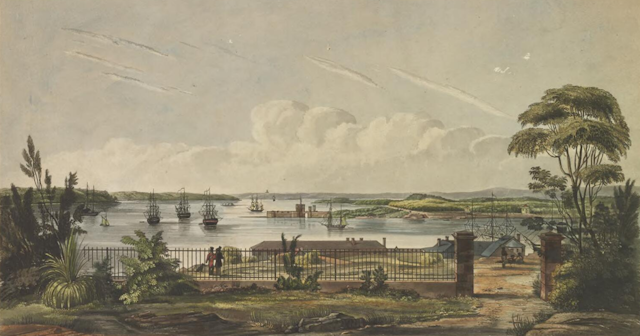One hundred and eighty years ago today, on January 12, 1836, HMS Beagle entered Sydney Harbour with the 26-year old Charles Darwin on board. Sydney was just one of many ports of call for the Beagle on its five-year round-the-world surveying voyage.
Before departing the antipodes two months later, he was to have a revelation that would eventually inform his grand theory of evolution by natural selection. In addition to that, he would marvel at the many natural wonders – flora, fauna and geological – of the great southern land.
Across the mountains
During the Beagle’s 19 days in Sydney, Darwin “hired a man & two horses to take [him] to Bathurst…to get a general idea of the country”.
This and the following quotations are from Darwin’s Beagle diary or Beagle letters.
In the Blue Mountains, he traversed what is now called the Charles Darwin Walk, a wonderful bush track that follows Jamison Creek from Wilson Park to Wentworth Falls:
Following down a little valley & its tiny rill of water, suddenly & without any preparation, through the trees, which border the pathway, an immense gulf is seen at the depth of perhaps 1500 ft beneath ones feet.
Always questioning what he saw, Darwin immediately began speculating on how the magnificent Jamison Valley had been formed.
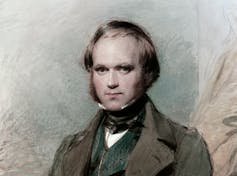
Near present-day Wallerawang, just west of the Blue Mountains, he examined a rat-kangaroo and a platypus. Noting that they occupied (what we now call) ecological niches similar to those of the rabbit and water rat in the northern hemisphere, he wondered in his diary why a single creator would make such different animals for the same apparent purpose: “Surely two distinct Creators must have been [at] work.”
This was the first (and not the last) time the young naturalist penned such thoughts.
In and around Sydney, Darwin and his servant Syms Covington collected at least 110 species of animals, including a mouse not previously described (originally Mus gouldii; later Pseudomys gouldii; unfortunately now extinct), a crab, a snake, frogs, lizards, shells (including an oyster, a mudwhelk, air breathers, a sand snail, and a trochid or top shell) and 97 insects, 42 of which had not previously been described.
Four of these were named (by other authors) after Darwin: a Leaf beetle Idiocephala darwini ; a Seed bug Ontiscus darwini; a Gasteruptiid wasp Foenus darwinii; and a Bee Halictus darwiniellus.
The remaining novel insects comprise six Leaf beetles (Chrysomelidae), four Stink bugs (Pentatomidae), a Seed bug (Lygaeidae), an Assassin bug (Reduviidae), a Water boatman (Corixidae), a Leafhopper (Cicadellidae), a Cicada (Cicadidae), a Flatid planthopper (Flatidae), a Froghopper or Spittlebug (Cercopidae), three Parasitic wasps (Chalcididae), an Encyrtid wasp (Encyrtidae), five Eucaratids (Eucharitidae), a Eulophid (Eulophidae), four Seed chalcids (Eurytomidae), five Lamprotatidae and one Torymid wasp (Torymidae).
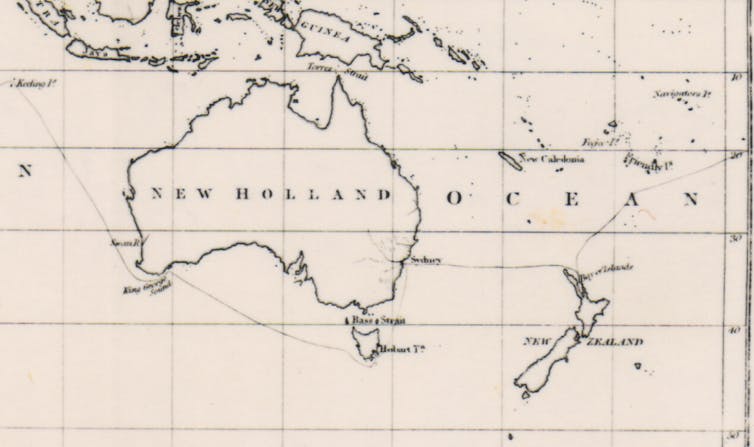
Travelling south
On February 5, HMS Beagle arrived in Hobart. In the first few days, Darwin took “some long pleasant walks [on both sides of the Derwent River] examining the Geology of the country”. On February 11 he climbed Mt Wellington.
Three days were spent with Surveyor General George Frankland, who took Darwin on “two very pleasant rides” and with whom Darwin spent “the most agreeable evenings since leaving England”, presumably in Frankland’s house Secheron, which still exists in Battery Point.
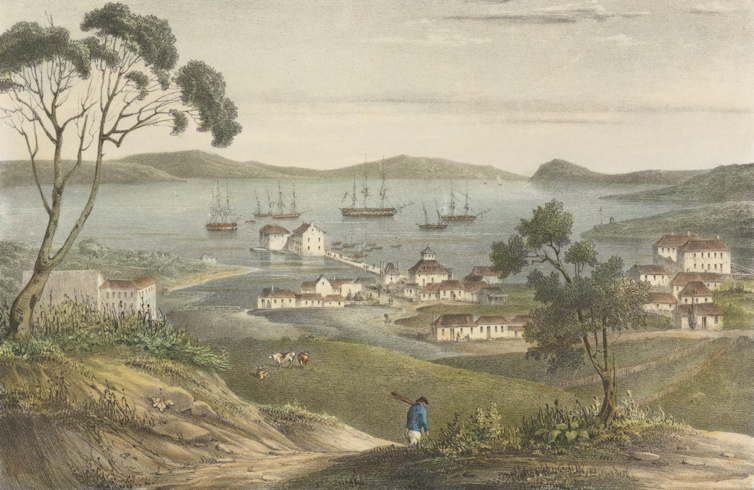
It is not known whether Darwin told Frankland that one of those days (February 12) was his 27th birthday. If he did, it is most likely that Frankland would have incorporated a small celebration into the dinner at “Secheron” that evening.
During his visit, Darwin also “dined…at the Attorneys General, where, amongst a small party of his most intimate friends he got up an excellent concert of first rate Italian Music”. His host was Alfred Stephen and the house is Stephenville, which also still stands in Hobart.
In and around Hobart, Darwin and Covington discovered a species of skink not then described (Cyclodus casuarinae, later changed to Tiliqua casuarinae), and collected five other lizards, a snake (which he thought harmless, but which could easily have killed him), a “new” species of flatworm (Planaria tasmaniana) and at least 119 species of insects (63 of which were “new”).
On March 7, 1836, HMS Beagle arrived in King George Sound, its third and final Australian port of call. In the following eight days, Darwin witnessed a corroboree, geologised around Vancouver Peninsula and Bald Head, and visited Strawberry Hill Farm (then belonging to the Government Resident, Sir Richard Spencer).
In and around the settlement, Darwin and Covington collected a native bush rat (Rattus fuscipes, a “new” species), a frog, at least 10 species of fish (two of which were “new”; Longhead Flathead and Common Jack Mackerel), several shellfish and 66 species of insects (48 being “new”).
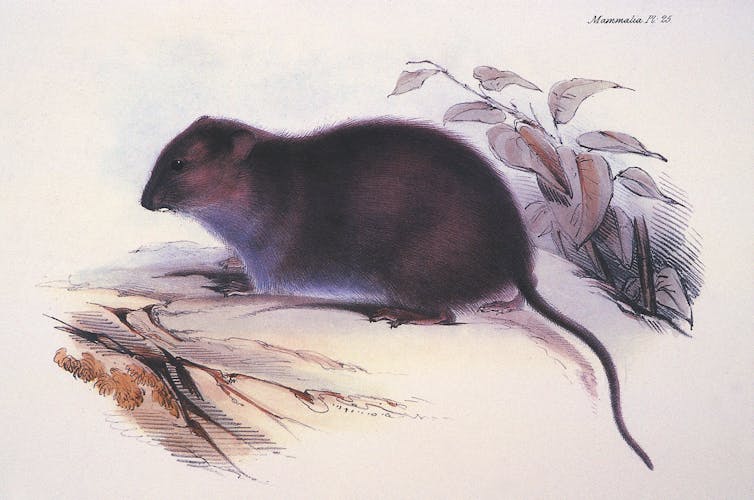
Arguably, the most important scientific legacy of Darwin’s visit to Australia was the key question of creation raised at Wallerawang. Darwin saw that similar ecological niches in different parts of the world tend to be occupied by very different species, and these are related to other species that occur in that part of the world.
This was the most important of Australia’s contributions to the ideas that eventually emerged to great effect in Darwin’s seminal work On the Origin of Species.

